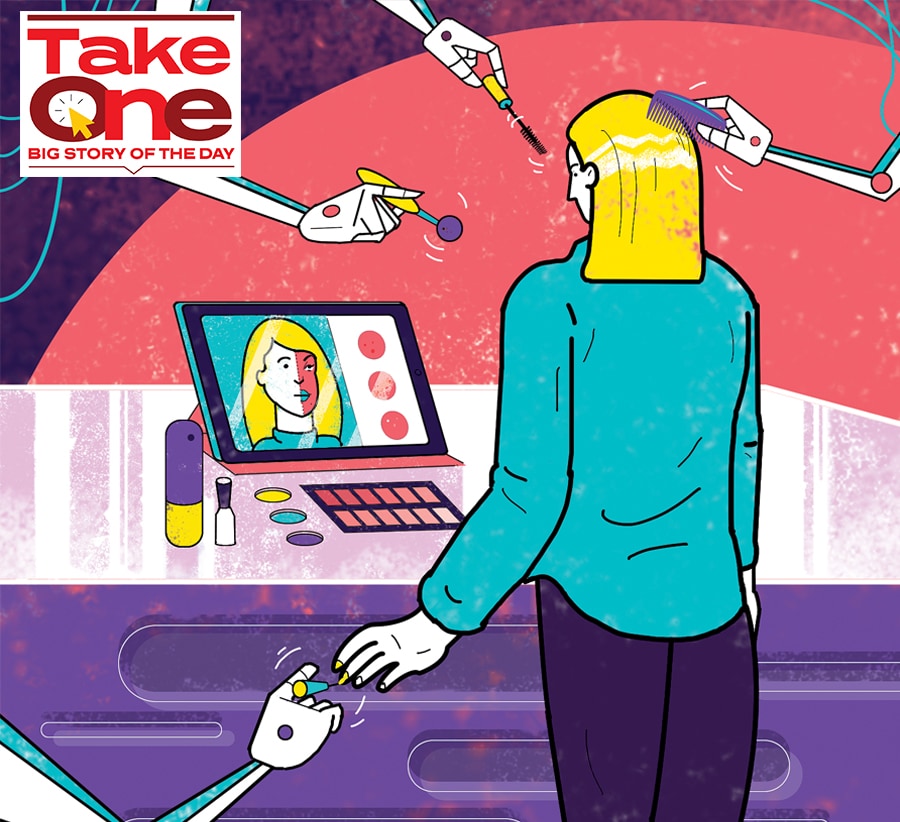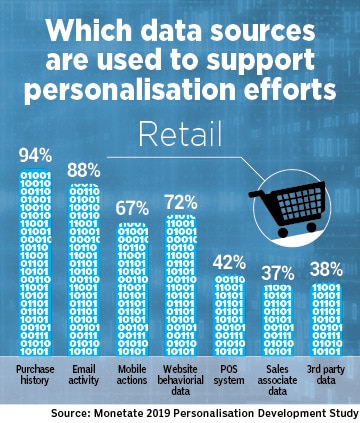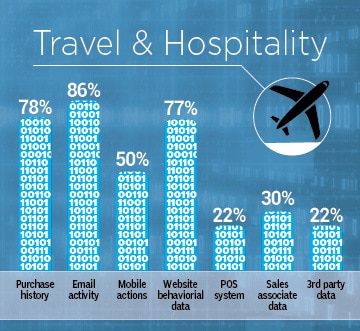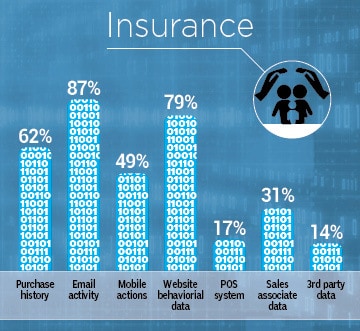
How companies are leveraging AI to personalise experiences
Once considered a differentiator, customisation has become an existential requirement for businesses
 Illustration: Chaitanya Surpur
Illustration: Chaitanya Surpur
When the sales of Bestseller India’s top-selling brand, Only, started dropping precipitously in mid-2019, Ranjan Sharma was puzzled. “Only had suddenly gone down and we couldn’t figure out what went wrong,” says the CIO and head of supply chain of the Danish fast-fashion company that is also home to brands like Vero Moda, and Jack and Jones.
But as they dug deeper, the enormity of the challenge became apparent. With its burgeoning population, varied religions and dialects, India comprises multiple “micro-segmented markets”, explains Sharma. “The taste of consumers changes every few kilometers,” he says. And that can perplex even the most experience product planners and fashion merchandisers.
Bestseller India approached IBM experts in Bengaluru to help them piece the puzzle. Could artificial intelligence (AI) be used to determine the right product mix for each of their 1,500 stores across India? “We fed them some data from our stores, and through Watson [IBM’s AI tool that processes insights across unstructured images, emails, social media etc] they were able to analyse the data and tell us what would work and what wouldn’t,” says Sharma. Whether a red blouse would sell better in a certain store in a certain town if it had a patch of embroidery on it or whether the blouse had to have puffed sleeves to fly off the shelves in another were the kind of insights gleaned.
By aligning their design and production processes with consumer preferences, Bestseller hopes to reduce unsold inventory from about 20 percent per season—the industry norm— to about 15 percent. “That will be significant,” says Sharma, adding that the pandemic has meant the impact of this “micro-segment level personalisation” will only been seen in time to come.
 Across industries, companies are leveraging AI to personalise and hyper-personalise the customer experience. “Broadly speaking, personalisation is about having an engagement with the end-customer that is highly contextual and addresses his or her precise needs. It’s the ability to tap into customer data to create a relevant, more desirable experience,” says Subram Natarajan, chief technology officer, IBM India.
Across industries, companies are leveraging AI to personalise and hyper-personalise the customer experience. “Broadly speaking, personalisation is about having an engagement with the end-customer that is highly contextual and addresses his or her precise needs. It’s the ability to tap into customer data to create a relevant, more desirable experience,” says Subram Natarajan, chief technology officer, IBM India.

 Similarly, ICICI Prudential Life Insurance developed LiGo, a chatbot, with the help of IBM to engage its millennial customers in more meaningful ways. For instance, if a customer’s premium payment is due, LiGo will nudge and assist her to pay the premium. Intuitively, the amount and the due date are shown with a link to make an online payment. In case the customer faces any issues or needs some support, LiGo patches a call with a human agent, explains Ganessan Soundiram, chief technology officer, ICICI Prudential Life Insurance. “In the last financial year alone, we were able to assist more than 2.5 million customer interactions using LiGo with more than 90 percent accuracy,” he says.
Similarly, ICICI Prudential Life Insurance developed LiGo, a chatbot, with the help of IBM to engage its millennial customers in more meaningful ways. For instance, if a customer’s premium payment is due, LiGo will nudge and assist her to pay the premium. Intuitively, the amount and the due date are shown with a link to make an online payment. In case the customer faces any issues or needs some support, LiGo patches a call with a human agent, explains Ganessan Soundiram, chief technology officer, ICICI Prudential Life Insurance. “In the last financial year alone, we were able to assist more than 2.5 million customer interactions using LiGo with more than 90 percent accuracy,” he says.  The challenge is to draw insights from the mountains of available data. This is where advanced AI and machine-learning algorithms come in. In the case of the bank, for example, sophisticated natural language processing techniques are used to extract the intent of the conversation with the bot before recommending suitable products.
The challenge is to draw insights from the mountains of available data. This is where advanced AI and machine-learning algorithms come in. In the case of the bank, for example, sophisticated natural language processing techniques are used to extract the intent of the conversation with the bot before recommending suitable products. 



